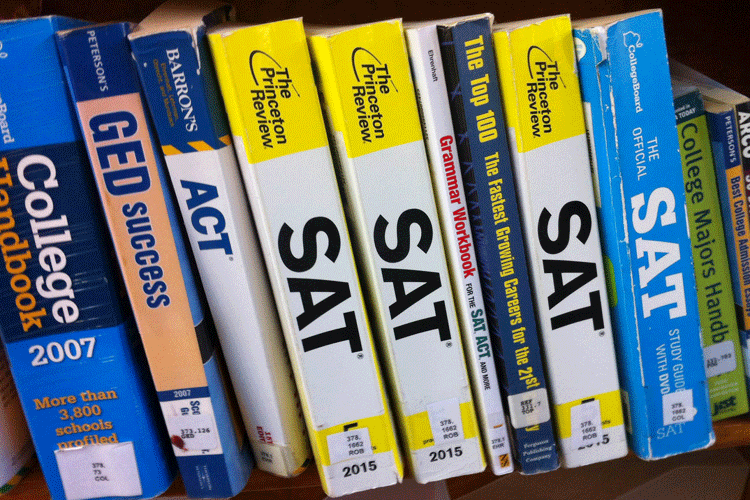College Board Abandons Controversial SAT Adversity Score
October 2, 2019
Should college admissions be solely based on academic and individual accomplishments or should other factors play a role in the decision-making process?
This issue has long been contemplated by colleges and has been a recent controversial topic. While many people claim that colleges need to preserve the American Meritocracy and base admissions off skill, effort, and talent, others believe that the American Meritocracy is a myth and favors the rich who can afford to use their money to buy their desired outcomes. Specifically, many Americans believe the SAT is filled with cultural bias and favors the wealthy, who can hire expensive tutors and purchase helpful study materials.
To try and work on this issue, the College Board introduced the SAT Adversity Score in May 2019, which would “capture the social and economic background” of students using a combination of fifteen dimensions. Incorporating factors from students’ schools and communities, the result would be a score between 1-100, with a score of less than 50 indicating some privilege and a score of more than 50 representing some disadvantage.
Critics immediately attacked this new scoring system, claiming that it threatened the American meritocracy and that students’ backgrounds could not be minimized to a single score. Parents also criticized the change for suggesting that students’ achievements and obstacles could be reduced into a single number.
On August 24th, chief executive of the College Board David Coleman said that the company believed that students should be judged by more than a number and that admissions officers should also take into account the personal essays, recommendations, and family backgrounds. Mr. Coleman explained that he thinks “it is a retreat from the notion that a single score is better. . . So in that sense, we’ve adopted a humbler position. That’s admitting that the College Board should keep its focus on scoring achievement. We have acknowledged that we have perhaps overstepped.”
While Mr. Coleman accepted that this approach was flawed, he defended the overall purpose of the project, which he said was to give colleges and universities a consistent method to judge students’ neighborhoods and high schools. According to the College Board, admissions officers lack important high school information on about 25% of applications.
Since this change would have affected students from all around the country, many Wayne Hills students are passionate about this topic.
Junior Asha Madupuru does not support the adversity score, saying that “unless someone is applying to college for sports, academics and personal achievements are the main things that should matter for admissions. [While] I don’t think the SAT is biased towards the wealthy, it is possible that [the test] is culturally biased.”
Junior Samantha Baghal also does not support the inclusion of an adversity score. She believes “these tests should solely be assessed on the accuracy and quality of responses. College applicants should be judged purely on merit, so I do think it’s only fair to evaluate incoming students based on their personal and academic accomplishments.” Ms. Baghal also thinks that the SATS are “biased in terms of a student’s ethnicity and financial means. If these aspects have no impact on the test scorings whatsoever, it wouldn’t be necessary to enter any of our personal information.”
In the midst of the debate over the fairness of college admissions, this attempted change and other issues bring up the issue of whether the current college admissions process is just or is unfairly biased and discriminatory towards certain groups of students.



![Rakim’s celebration with attorney upon hearing not guilty verdict [Courtesy of NBC News]](https://whhspatriotpress.com/wp-content/uploads/2025/04/Rocky-aint-guilty.webp)



